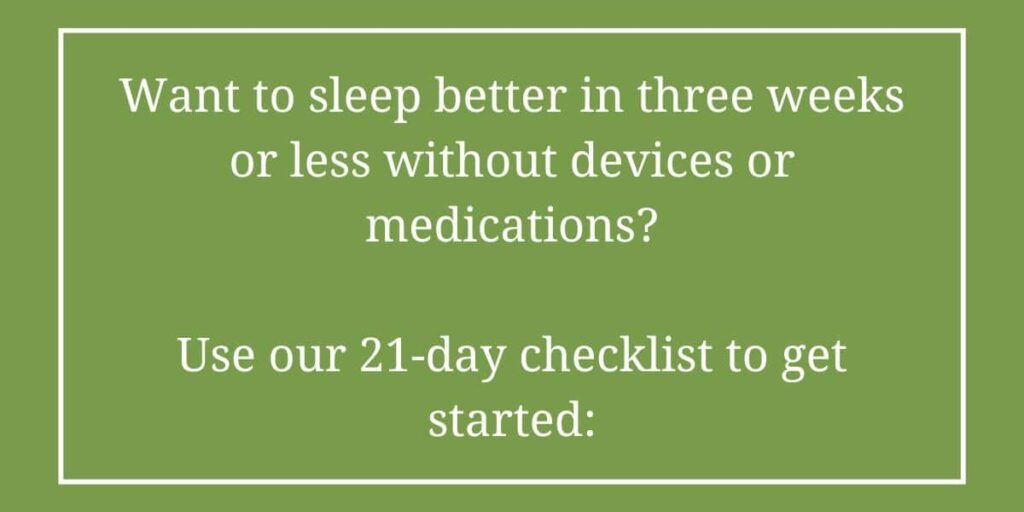Babies Sleep a lot! But newborn’s sleep pattern tends to be all over the place. They do not sleep for longer stretches at night or even during the day.
And that leads to a very tired, sleep-deprived mama, who is still recovering from birth. When your newborn does not sleep more than 2 hours at a stretch, it makes you doubt your parenting skill.
Mama, before you turn into a night owl, try these tried and tested tips to get your baby to sleep for longer stretches at night. So, you can get some sleep too!
But before we get into details of how to get your newborn to sleep longer, it is important to keep in mind that having a healthy crib mattress and following safe sleep habits is essential for the safety of your baby.
1. Set your expectation
Babies are not small adults. Their sleep pattern is not governed by circadian rhythms. In a womb, their sleep was governed by the mother’s sleeping pattern. For them, the night is when mother is sleeping.
But once they are born, they have to develop their circadian rhythms by
themselves, which unfortunately takes time.
On average, newborns sleep for 16-18 hours a day but sleep in short stretches that last from 30 mins to 3 hours. And because they do not know the difference between day and night, they keep waking up within 24 hours.
Fortunately, it takes about 12 weeks for the baby to recognize the difference between day and night. Once they develop their Circadian rhythms, they will likely sleep for long stretches at night.
2. Take your baby outside for a walk
To help the baby reset their circadian rhythm, take your baby outside in the sun. By exposing them to the sun, you are giving them a strong daytime cue. It will help them recognize the difference between day and night faster.

3. Swaddling
It goes without saying that you have to swaddle your newborn for the first few months for daytime naps or nighttime sleep.
Newborns involuntary possess a startle reflex in response to sudden movement or loud noise. This reflex cause baby to extend their arms legs, arch their backs, causing them to wake up. There is nothing that you need to worry about as they grow out of it once they are 4-5 months old.
Meanwhile, swaddle them tightly with a swaddling blanket to prevent them from waking frequently during sleep. It gives them a sense of safety (as if they are in your womb) and helps them sleep longer and better.
4. Dreamfeed
Dreamfeed is the last feeding given to a baby before you head to bed. In simple word, you breastfeed or bottle feed your baby without waking them up before you sleep.
If your baby’s bedtime is 8 pm, a dream feed happens around 10 pm when mom or dad finally go to sleep.
It prevents the baby from waking wide awake for the feeding when you are ready to sleep.
You can also dreamfeed them early in the morning before they wake up to prevent them from waking up early in the morning.
5. Feed them frequently during the daytime
Feed your baby every two hours or on-demand during the daytime. The more they feed during the day less they will ask at night. Feeding every two hours also helps limit their daytime nap.
Sleeping long stretch during the day affect nighttime sleep. Limit their naps to 2-2.5 hours at a time. You do not have to set an alarm clock or wake up your baby when overtired or need a recovery sleep. You can judge the situation, adjust the time accordingly, and then go back to the routine of 2-2.5 hours of nap during the day.
6. Establish a nighttime routine
Creating a solid nighttime routine gives the baby an idea that ‘it’s time to sleep. The nighttime routine consists of dinner, bath time, feed time, playtime, reading a book in dim light, and sleeping.
Whatever routine nighttime works for you and your baby, adopt one and stick to it. If you put your baby to sleep at 7 pm, keep this time consistent. And if your partner or someone else is putting the baby to bed, communicate the nighttime routine with them too because the baby likes routine!
Establishing a nighttime routine might help babies sleep longer stretches before they wake up for midnight feeding. As a rule of thumb, if a newborn sleeps for 3-4 hours stretches in the first few weeks, you are good.
7. Use White Noise
Babies are used to the ‘shushing’ sound of a mother’s beating heart, blood circulation, and rhythmic breathing in the womb. So to give them the same environment as a womb in the first few weeks after birth, white noise machines are created.
White noise machines create a comfortable, womb-like environment that can help infants calm, sleep faster, and help babies stay asleep longer.
If you don’t want to use white noise, then you can turn the exhaust fan on the nearby washroom.
8. Dim light at night
Keep the light dim while the baby is sleeping at night. Bright light at night delays the release of melatonin ( hormone responsible for drowsiness). Also, you do not want to choose a dim light of any color as the wavelength of different shades of light can negatively affect your baby’s sleep cycle.
According to science, red light does not affect melatonin production. So while keeping red light won’t help baby sleep longer stretch at night, it won’t inhibit melatonin production like blue light does.
Having red night light also gives enough visibility for nighttime feed and diaper change.
9. Follow the Eat, Wake, and Sleep Cycle
Follow a routine of the eat-wake-sleep cycle. First, feed your baby as soon as they are awake. At this time, they are more likely to take a full feeding. Once you are done feeding, keep them awake for a certain time and then put them back to sleep.
One benefit of following the eat-wake-sleep cycle is that you are not associating feeding and sleep, which will help you later when you transition them to their crib or sleep training them.
10. Change diaper strategically
Change baby’s diaper when they wake up for the middle of the night feed. Once you change the diaper, swaddle them again, and then feed them to sleep. Changing diapers after a feed may cause the baby to be wide awake, and then it will be a good morning for you!
In perfect words, you should change the diaper before feeding at nighttime. But the majority of babies poop right after they feed. So, if your baby is pooping right after nighttime feeding, you do not want to change the diaper before a feed.
In this case, you need to be very gentle and avoid any unnecessary movement while diaper change at night. Also, do not turn the light on. Instead, quickly change the diaper in dim red light and go back to sleep (if baby lets you!). But, again, this phase is temporary. As your baby’s digestive tract matures, they will have a defined pattern of pooping.
Unless you have a textbook newborn, getting the baby to sleep for longer stretches is harder. So I hope some of these tips or a combination of some help you get your baby to sleep longer stretched at night.
Just remember that your baby is getting used to a new life, and you are the one they can rely on. So, help your baby sleep longer stretches at night by following these tips.
Good luck to you, mama!
Author Bio
Pranali Patel, M.Sc
Pranali is a science researcher and blogs at empiricalmama. She helps moms avoid toxic chemical exposure during pregnancy and while raising kids. She has been featured in WebMD and has several peer-reviewed publications in scientific
journals.












